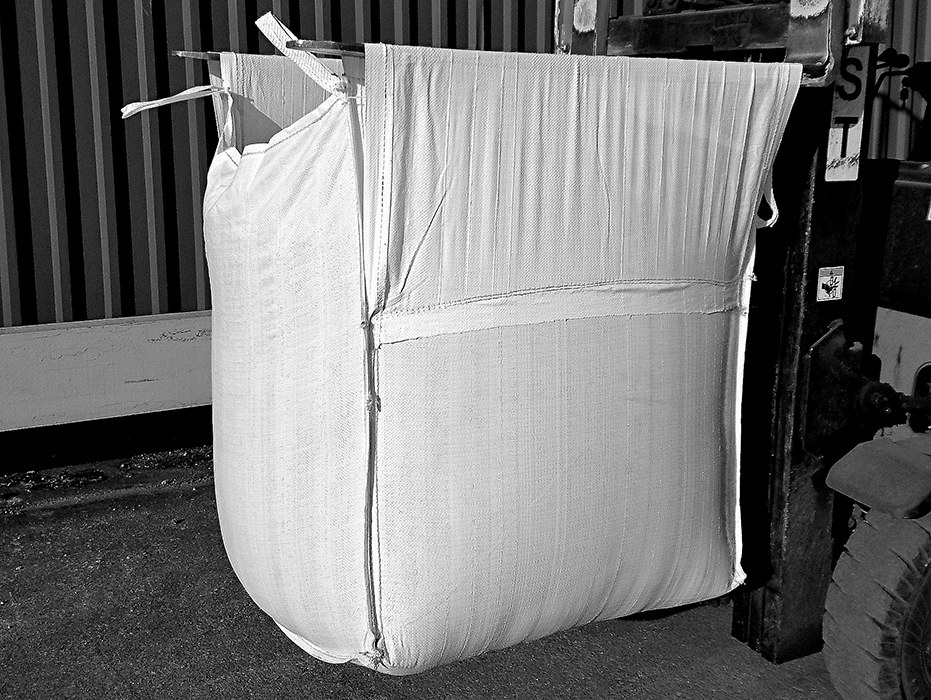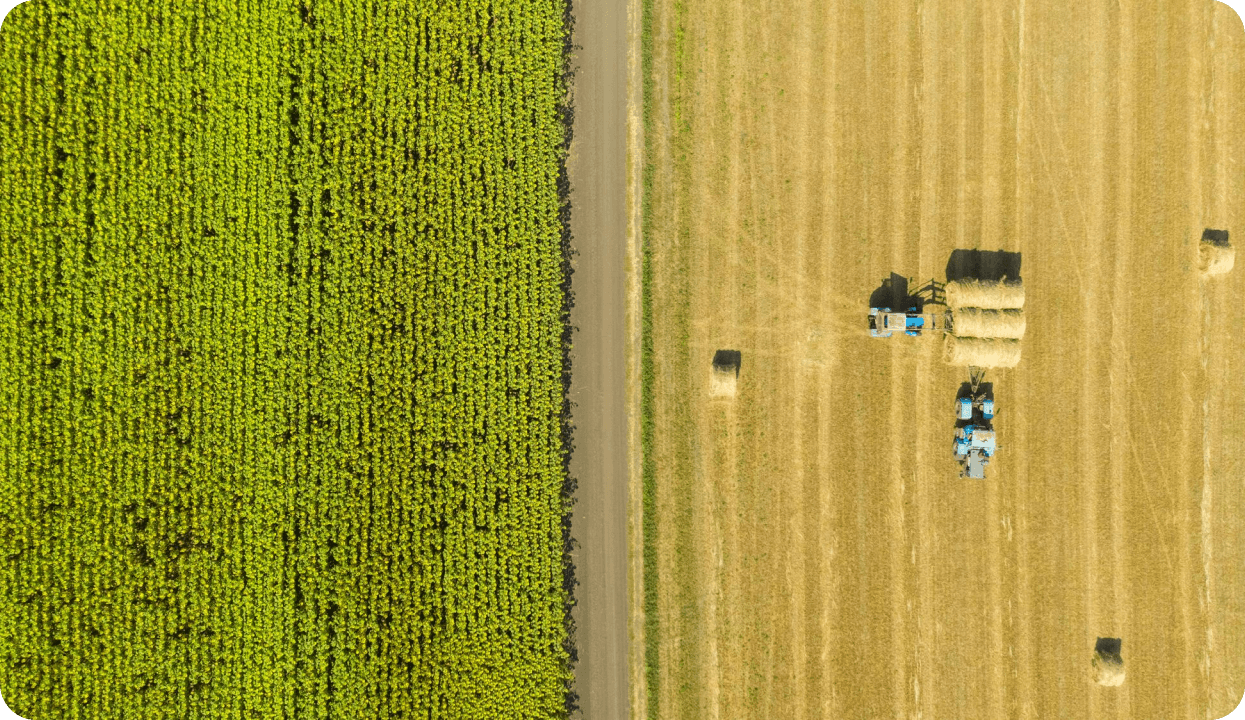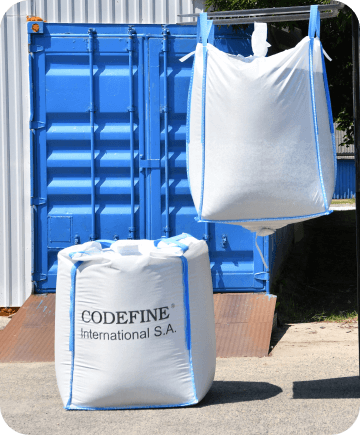To become a UN-certified FIBC, bulk bags must undergo a gamut of rigorous tests. However, consistency counts when assessing FIBC bulk bags. As such, each bag needs to be carefully prepared before testing begins.
Every bag that undergoes testing needs to be filled to at least 95% capacity. What’s more, stored contents need to be distributed evenly within the container itself. Certain tests also need to be carried out using the same material that a bag will ultimately be used to store and transport. In the case of drop testing, an identical material or a non-hazardous alternative with shared properties must be used.
FIBC bulk bag testing procedures might seem extensive, but every bag needs to undergo them to become UN certified. Below is a breakdown of every testing protocol an FIBC bulk bag will come up against.
If FIBCs are going to be stacked, they’ll need to undergo the stacking test to receive UN certification. A bulk bag is first filled to its safe working load capacity and placed on an even surface. Next, pressure is applied to the top of this bag for 24 hours. This pressure is intended to simulate the combined weight of two filled bulk bags of comparable size.
Once the 24 hours have passed, the original bag is inspected to ensure there has been no leakage of material and there is no evidence of structural damage. If the FIBC has endured the strain, it passes the stacking test.
The drop test is one of the most important testing stages of UN certification. Before being dropped, bags are filled according to the latest UN testing guidelines. All FIBC types are subject to drop testing. The drop itself is fairly self-explanatory, with filled bulk bags dropped from incremental heights.
These heights vary depending on the packaging group being tested. In every case, the drop is oriented so that the most delicate part of the bag impacts the ground. To pass the drop test, the bag must survive the impact intact. Any sign of a rupture or leakage typically rules out an FIBC earning UN certification.
An FIBC may need to undergo righting testing to receive UN certification, depending on its lifting features. This test applies to any FIBC that needs to be lifted from the side, the top, or both. Testing begins by moving the FIBC to its side. The filled bag is then lifted upright. Next, the bag is lifted at varying speeds.
To pass this test and receive UN certification, a bag with two lifting straps needs to be able to be lifted by a lifting device that has been preapproved. Bags with four lifting straps need to be able to be lifted by two lifting devices to receive UN certification.
Another important assessment for UN certification is vibration testing. FIBC bags are placed on a platform that vibrates for a full 60 minutes. During this time, vibration frequencies are raised to such a level that the FIBC itself lifts from the surface of the platform. This is a staple test for UN certification and all FIBCs must pass it to receive approval. For successful certification, FIBCs must show no sign of rupture or leakage after the hour is up.
Every UN-certified FIBC needs to undergo the topple test before receiving approval. This test involves a bulk bag being toppled from a set height, with the bag positioned on a platform after being filled to its safe working load capacity. As the platform is raised, the bag will eventually topple. For an FIBC to pass this test, it must endure being toppled without losing any of its stored material.
This is another essential test that applies to any bulk bag looking for UN certification. The tear test involves the wall of the FIBC container being punctured at a specific 45-degree angle. This is done with a knife, with the puncture made around the midpoint of the bag wall. There are actually two stages to the tear test.
Firstly, a tear test is performed with the FIBC filled with a top load that’s twice the safe working load. For a bag to pass this initial test, the FIBC must remain in one piece for a minimum of five minutes after the puncture is made.
The second part of the tear test involves the bag being suspended after a puncture is made. Bags are suspended for a minimum of five minutes. After this time elapses, the condition of the puncture is assessed. If the puncture has grown by more than 25%, it fails the test. If the puncture size has remained largely stable, it earns a pass and receives UN certification.
In this stage of FIBC testing, a bulk bag is filled to its safe working load capacity, before being suspended. A hydraulic cylinder is then used to apply downward pressure to the contents of the bag. If the top lift of the FIBC can withstand six times its safe working load for at least five minutes, it secures UN approval.


